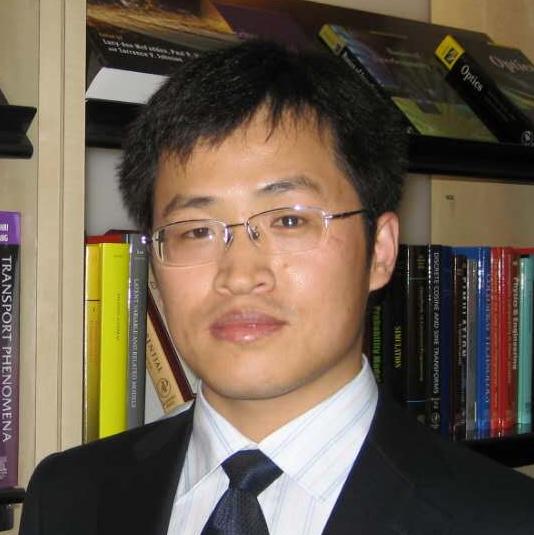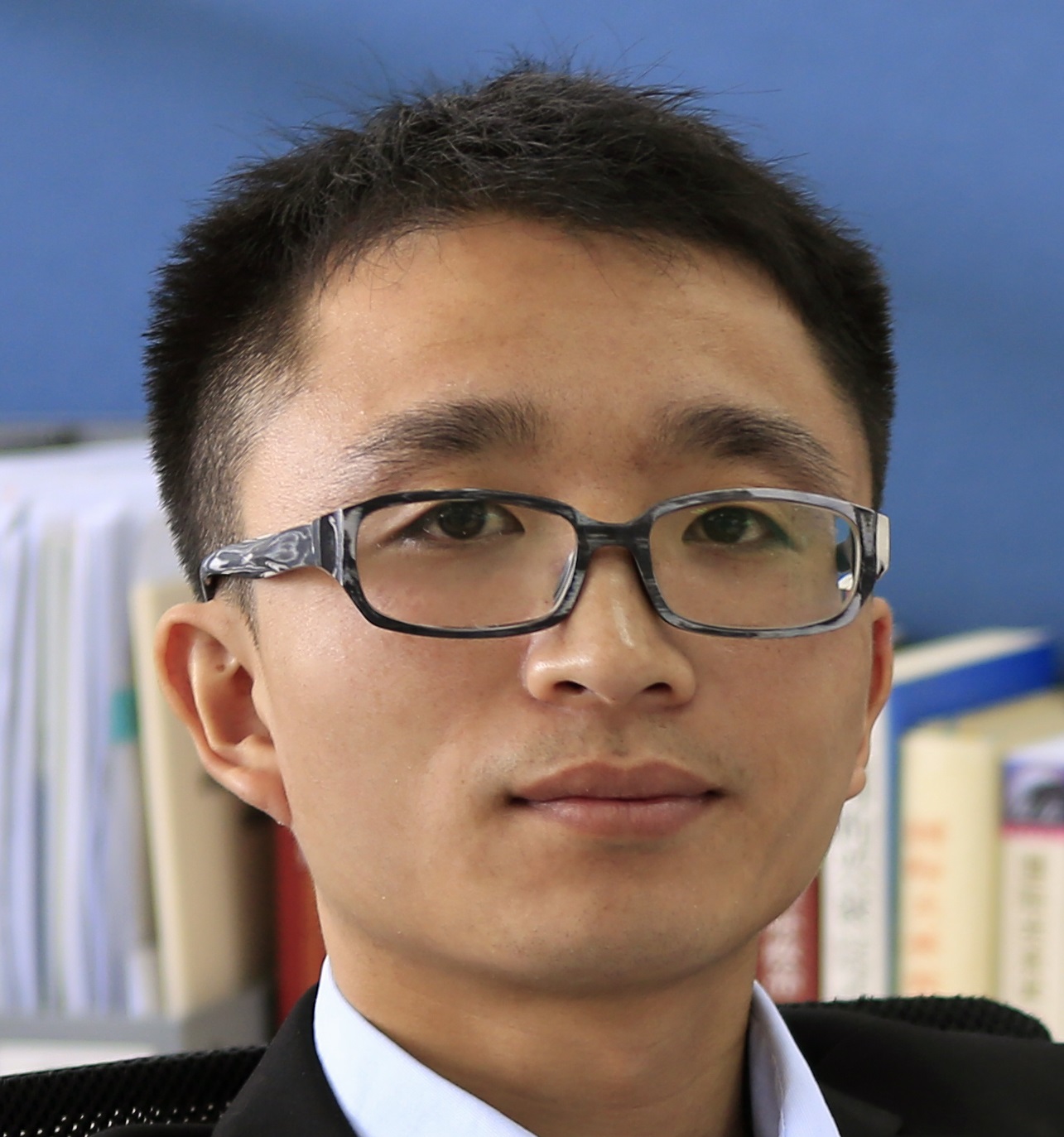In the 1980s, Deng Xiaoping argued that China’s security was to be determined by one basic fact, namely, whether it would be able to ensure a sustained process of economic development so that the Chinese people could continue to improve their living standard and to advance their social programs. After Deng, in the context of a changing international situation, Jiang Zemin and Hu Jingtao came up with the new concept of security based on mutual trust and benefit, equality and coordination. The new concept of security holds that international relations should not be taken as a zero-sum game, but rather as a win-win cooperation. The security of one country can be sustained by ensuring a sense of the security of other countries. Security dilemma should be avoided.
Shortly after Xi Jinping came into office, he strongly advocated and fostered a new framework of Asian security that includes four core elements: common security, comprehensive security, cooperative security and sustainable security. The basic position of the new security framework is five-fold:
1. Security should be universal and embrace all countries. The security of every country should be respected and guaranteed.
2. Security should cover all fields and areas, political, economic, military, social, cultural and environmental.
3. Security can only be achieved through mutual trust and cooperation.
4. Security results from keeping the momentum of mutual benefits and common development. Therefore, it can be sustained.
5. Security can only be based on equality and mutual respect. All countries are equal, irrespective of size and power. All regional and international disputes should be resolved through peaceful means.
In June 2014, on the occasion the 60th anniversary of the Five Principles of Peaceful Coexistence, Xi put forward “six adherences”: To adhere to sovereign equality, common security, common development, win-win cooperation, accommodation and mutual learning, fairness and justice. He pointed out that these principles have weathered the vicissitudes of international crises and stood the tests of the time.
In a nutshell, under the leadership of President Xi, China seeks to promote a new type of international system with win-win cooperation as its core and the new concept of security as its guide.
It goes without saying that the above-mentioned concept and the principles are stimulating. The biggest challenge is how to put them into action and match them to reality.
Take the Asia-Pacific region for example. The reality: Clashes and cooperation coexist; tensions and relaxations go side by side. While dialogues and negotiations are continuing, mistrust and suspicion between countries concerned keep growing. People have made issues of the Diaoyu Islands, Korean Peninsula, and South China Sea. Against this background, China’s new concept of security is expected to help open up new ways for a better Asian-Pacific strategic prospect. China is committed to implementing these principles and making new contributions to peace and stability in the region.
Here are three suggestions:
1. Accumulate consensus to avoid any “security dilemma”.
The Asian-Pacific region characterized by dynamics, diversity and development, is one of the most important areas in the world. It has great potentials for security. The best way to avoid “security dilemmas” is to move toward integration with Asian characteristics. Asian-Pacific countries, on bases such as APEC, ASEAN, ARF and EAS might think of working together to build up a free-trade community, a community of maritime development and a community of Asian-Pacific governance as the EU did in the 1950s, when six European countries began with setting up the Community of Coal and Steel, Community of Atomic Energy and Community of Economic Development. It does not necessarily start with something abstract like community of responsibilities, community of interests or community of destiny. What the Chinese government suggested recently in this regard (the setting up of three communities of political, economic and cultural development) is positive and constructive. Of course, the process could be long and complicated.
2. Actively and carefully deal with hot spots and various clashes in the Asian-Pacific region to avoid acceleration of conflicts.
There exist a cluster of hot spots and regional clashes in this region: the crises of Diaoyu Islands, Korean Peninsula and the South China Sea, etc. The urgent thing to do is to introduce benign interactions in order to prevent the Asian-Pacific security situation from further deteriorating and the mutual relations between major countries (China, Japan, the ROK, the DPRK, Vietnam, the Philippines) from being jeopardized. The “three C solutions” — cautious, constructive and cooperative — should be embraced. Only by doing so could those crises be controlled and managed. To achieve any positive result, patience and wisdom are needed and common hard efforts required. It is imperative now to explore a road toward common security in the region, jointly built, shared and achieved by Asian-Pacific countries. This poses as the best prospect ahead of us.
3. Build up the new model of big-power relations (NMBPR) between China and the USA and do not fall into “the Thucydides trap”.
Since 2012, four steps have been taken to build up the NMBPR:
• The process of building up the China-USA NMBPR started on Valentine Day 2012, when Xi Jinping visited the USA.
• The tone of the China-USA NMBPR was set during the Xi-Obama summit at Sunnylands, California, USA in June 2013: “No clash and no confrontation, mutual respect, win-win cooperation.
• A consensus was reached on ways to build up the NMBPR during the Beijing summit in November 2014: “To put together commonalities while resolving differences”.
• President Xi’s state visit to the USA in September 2015 injected new dynamics into the China-USA NMBPR, despite suspicions and barriers.
Building up the China-USA NMBPR is something unprecedented in history. It’s true that the difficulties in doing so are enormous and unimaginable. The biggest problem lies in “mutual respect”. What to respect and how to respect remain unclear and unsolved There still exist obvious clashes over core national interests, and the suspicions of each other’s strategic intentions are serious on such issues as One Belt One Road vs. Asia-Pacific rebalancing strategy, AIIB vs. ADB, RECP vs. TPP. To face the “troublem” (trouble plus problem), both China and the USA need change and breakthroughs in their thinking and perception.
First, China-US cooperation is the decisive factor for peace and stability in the Asia-Pacific region. Asia-Pacific security depends on China-USA cooperation. Second, to regain and maintain the Asian-Pacific security is the common interest and common responsibility of China and the USA. Both sides should have more dialogues to reduce misunderstandings and misjudgments. Both sides should get to know each other’s strategic intentions objectively and accurately. Both sides should learn to plant more flowers, not to grow more thorns. Third, China and the USA should be aware that the danger of falling into “the Thucydides trap” is real, not fictional. Both countries should take serious actions to avoid the danger. To stabilize China-US relations through mutual trust and to develop China-US relations through common cooperation remain the only choice for the two great nations. The Pacific is big enough for both China and the USA to coexist and develop. People have every reason to believe that the future of China-US relations will be better!




